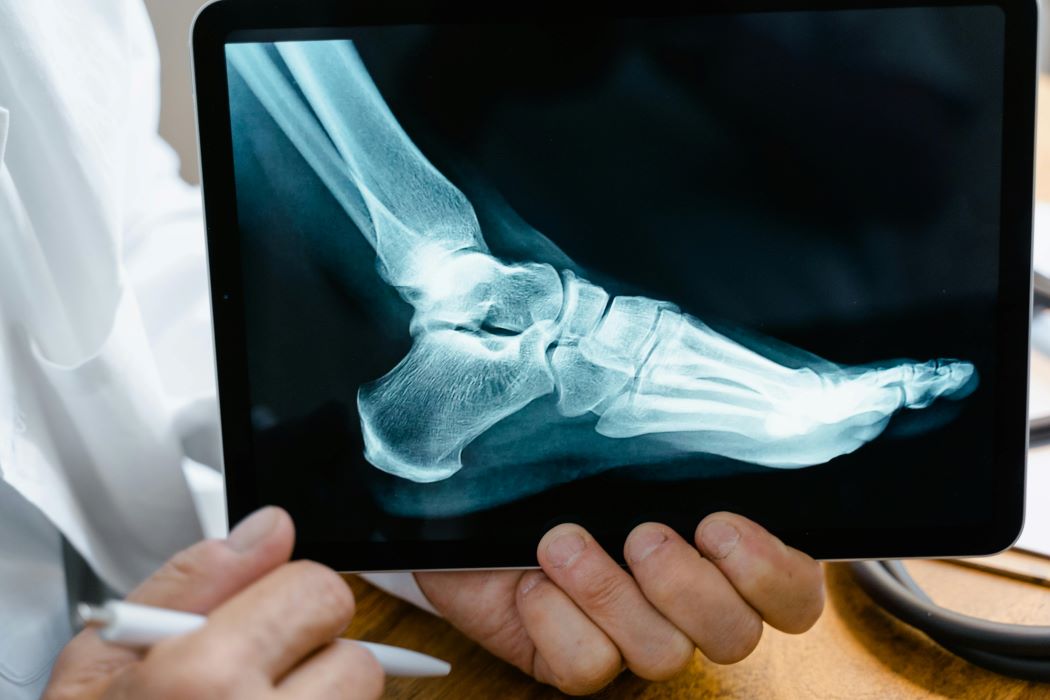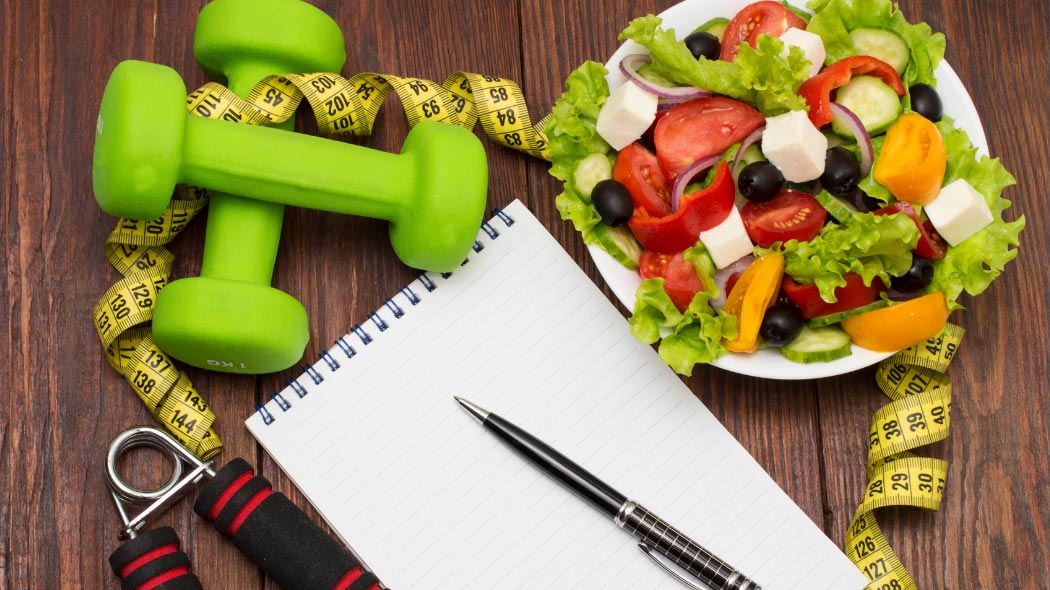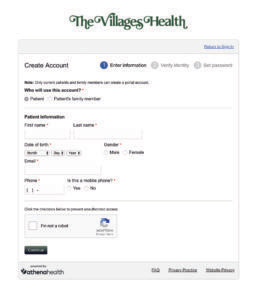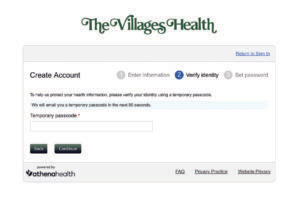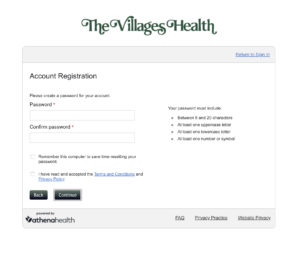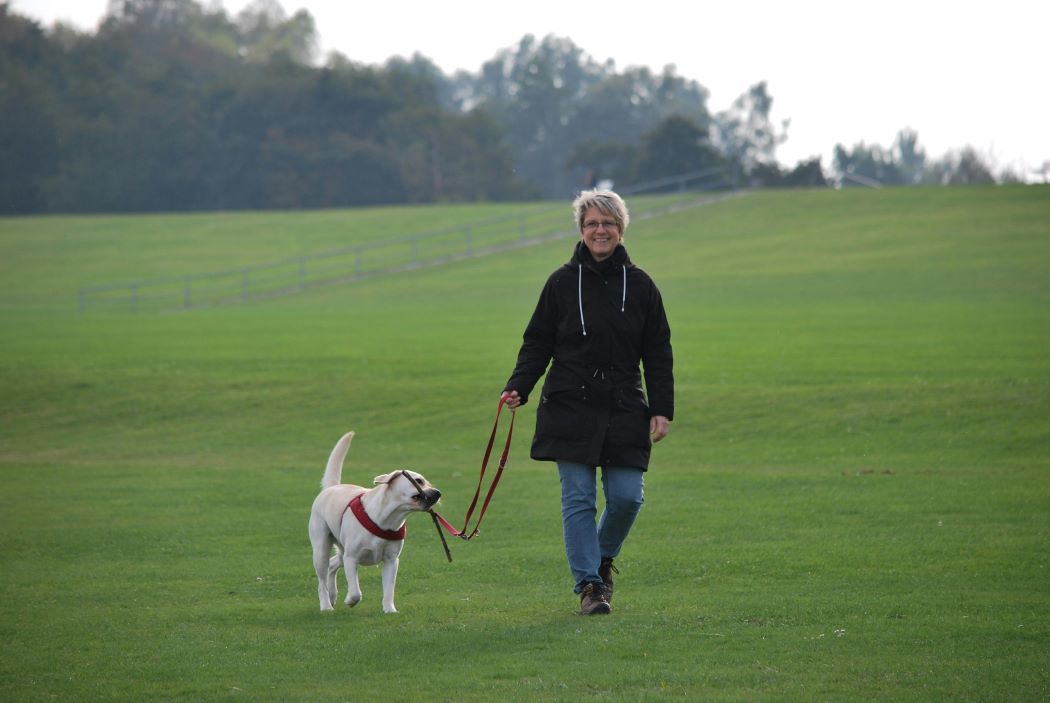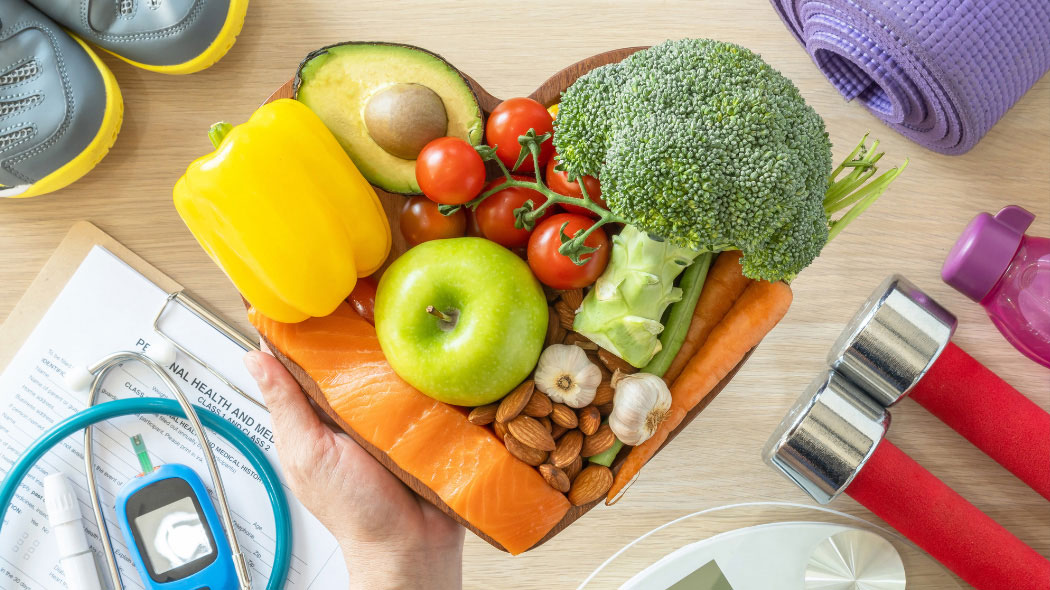Boost Your Brain Health
Have you or a loved one been diagnosed with a neurological disorder? Are you simply looking to gather more information? Memory loss is a realistic fear and a top concern for many of us as we get older. If you or a loved one have been diagnosed with Dementia, Alzheimer’s disease or any other neurological disorder affecting your mental ability, we recommend these tips for improving your brain health.
5 Natural Ways to Improve Your Brain
- Maintain a Healthy Weight: Several studies have established obesity and/or diabetes as a risk factor for cognitive disease because obesity increases the risk of insulin resistance. Insulin, along with other functions in the body, modulates learning and memory.
- Drink less Alcohol: Alcohol and binge drinking can exhibit neurotoxic effects on the brain causing damage to the hippocampus, a part of the brain that plays a vital role in memory. While having a drink or two now and again is perfectly healthy, avoiding excessive alcohol consumption is a smart way to protect your memory.
- Break a Sweat: Engage in exercise that raises your heart rate and increases blood flow to the brain.
- Get a Good Night’s Sleep: Not getting enough sleep may result in a problem with thinking and memory.
- Keep Learning: Education in any stage of life will help reduce cognitive decline. Take a class at a local community center or online. Reading also will help your brain function.
Our team at The Villages Health is dedicated and committed to educating you and your loved ones on your condition. Our board-certified neurologists offer care to all members of the community. You’re also welcome to participate in a free community memory screening through our Wellness and Education unit. You do not need to be a patient to have a memory screening. To schedule a screening, please call: 352-674-1779.


